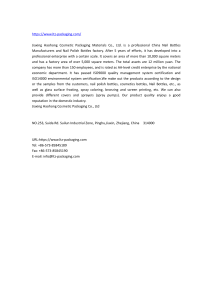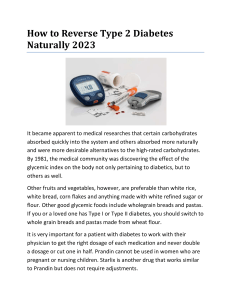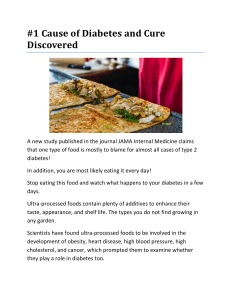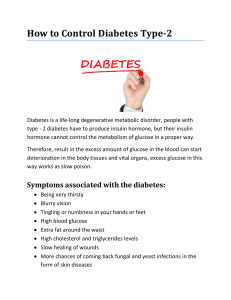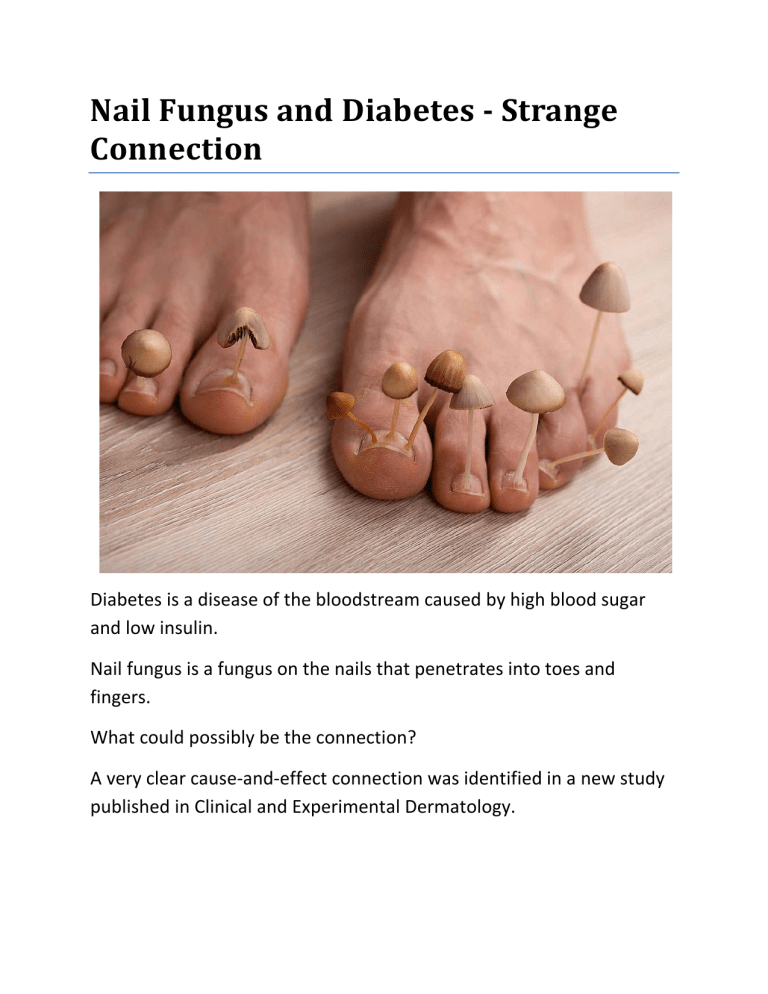
Nail Fungus and Diabetes - Strange
Connection
Diabetes is a disease of the bloodstream caused by high blood sugar
and low insulin.
Nail fungus is a fungus on the nails that penetrates into toes and
fingers.
What could possibly be the connection?
A very clear cause-and-effect connection was identified in a new study
published in Clinical and Experimental Dermatology.
Diabetes tends to occur along with cardiovascular disease, and the
latter reduces blood flow throughout our bodies, especially to our
hands and feet.
Our nails need a good blood supply. Without enough blood, they can
separate from the nail bed. When this happens, dirt and moisture get
under our nails, which can lead to infections by bacteria, fungi, and
yeasts.
Without a proper blood supply, our nails also become brittle, which
causes them to crack and break. This allows microorganisms to
penetrate even more deeply when they infect our nails.
These are the reasons why researchers believe diabetics are highly
vulnerable to nail infections.
The authors of this new study wanted to find out whether dermoscopy
could be used to detect nail changes that were not yet visible to the
naked eye in diabetic patients.
Dermoscopy is a type of scan carried out with a handheld instrument
called a dermatoscope. It is a magnifying lens and light that can inspect
skin structures and patterns below the surface or not easily visible.
They enrolled 100 participants from dermatology, venereology, and
andrology outpatient clinics and divided them into two groups: 50
patients with diabetes and 50 healthy participants of matching age and
gender. All participants had clinically healthy nails without any visible
problems.
The researchers found a much higher rate of subclinical nail problems
in the diabetic group when performing a dermoscopy.
1.
2.
3.
4.
5.
6.
7.
8.
66% of the diabetic participants had dermoscopic nail problems.
26% had tiny hemorrhages.
24% had nail ridges.
24% had nail fungus (onychomycosis).
20% had tiny holes.
18% had separations between the nail and nail bed.
12% had an excessive buildup of keratin.
Eight% had nails that were starting to turn yellow.
The scientists concluded that dermoscopy could be an effective tool in
detecting subclinical nail changes in diabetes patients, providing
valuable insight into the progression of the disease and aiding in
disease control and treatment planning.
Because the scientists did not carry out an analysis of the
microorganisms in their subjects’ nails, it is possible that some of the
other problems, such as the yellow discoloring or separation from the
nail bed, could also have been symptoms of nail fungus.
The danger of nail fungus in people with diabetes gives us another
reason to control both of these conditions as well as we can.
Fortunately, where the traditional medical system fails, naturalists
succeed.
You can get rid of the most stubborn nail fungus in days using the
natural “inside out” approach explained here…
Type 2 diabetes can be healed in three steps explained here…

